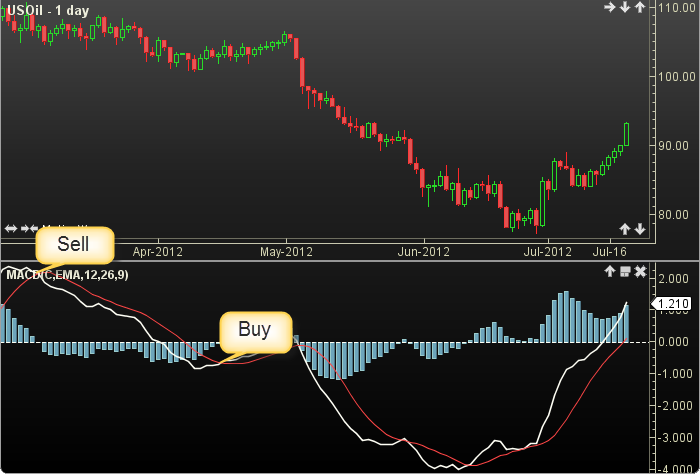Moving Average of Oscillator
The Moving Average of Oscillator (OSMA) is the difference between an oscillator and its smoothed value. The MACD is used as the oscillator and the MACD signal is used as the smoothed value. Each bar is calculated as: osma = macd – signal. The user may change the input (close), methods and period lengths. This indicator’s definition is further expressed in the condensed code given in the calculation below.
Click here for more information.
See also MACD.

How To Trade Using the Moving Average of Oscillator
Moving Average of Oscillator (OSMA) may be used as a trend changing indicator. No signals are calculated for this study.

How To Access in MotiveWave
Go to the top menu, choose Study>General>Moving Average of Oscillator
or go to the top menu, choose Add Study, start typing in this study name until you see it appear in the list, click on the study name, click OK.
Important Disclaimer: The information provided on this page is strictly for informational purposes and is not to be construed as advice or solicitation to buy or sell any security. Please see our Risk Disclosure and Performance Disclaimer Statement.
Calculation
//input = price, user defined, default is close
//method = moving average (ma) user defined, default is EMA
//signal method = moving average (ma) user defined, default is SMA
//period1 = user defined, default is 12
//period2 = user defined, default is 26
//signal period = user defined, default is 9
MA1 = ma(method, period1, input);
MA2 = ma(method, period2, input);
MACD = MA1 - MA2;
//Calculate moving average of MACD (signal line)
signal = series.ma(signalMethod, signalPeriod, MACD);
PlotHist: OSMA = MACD - signal;
